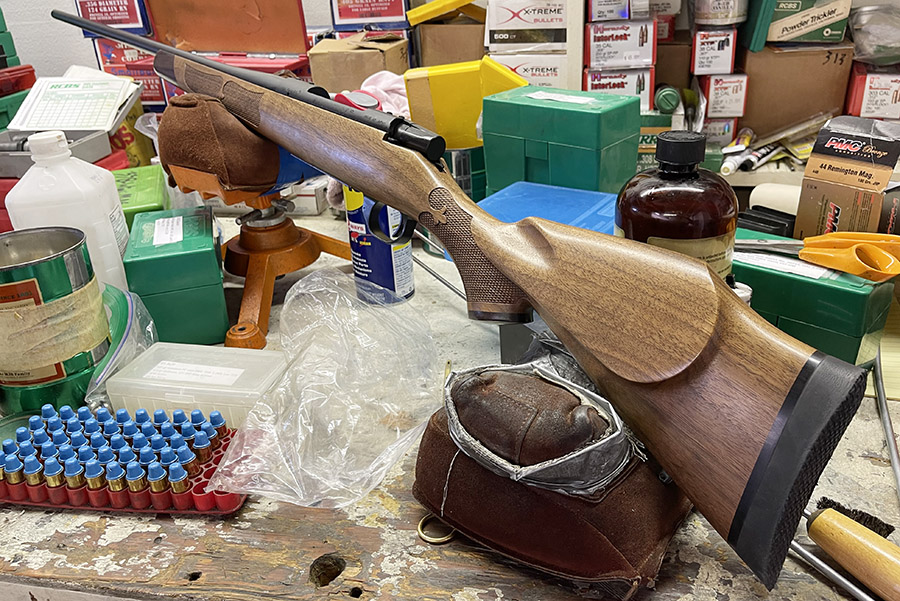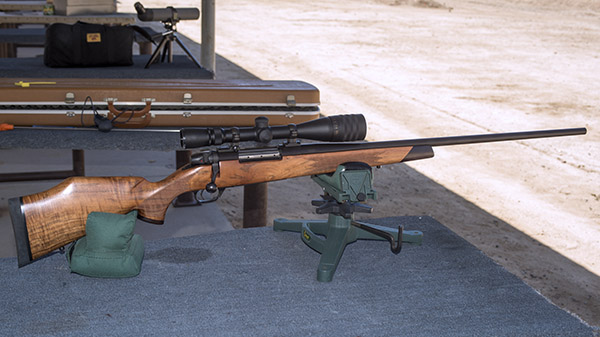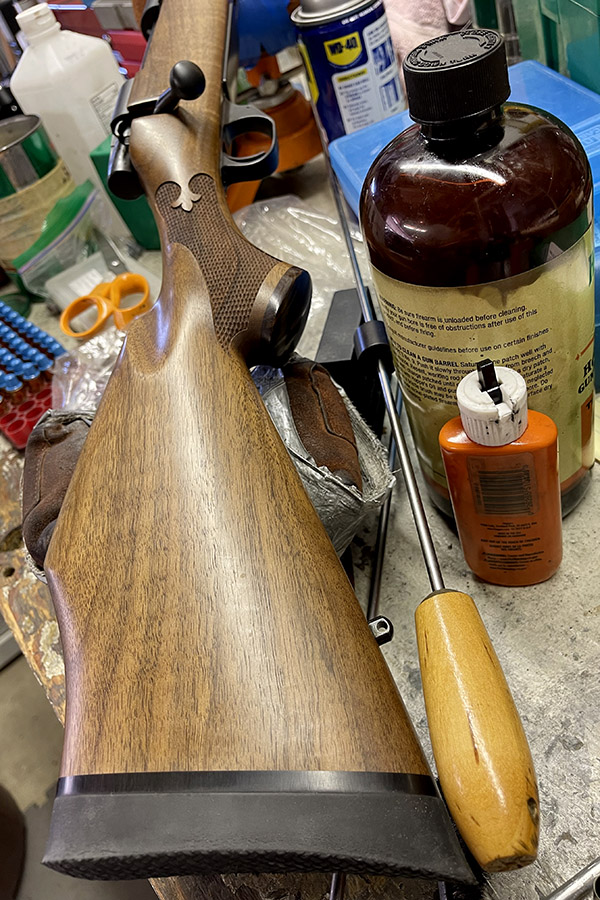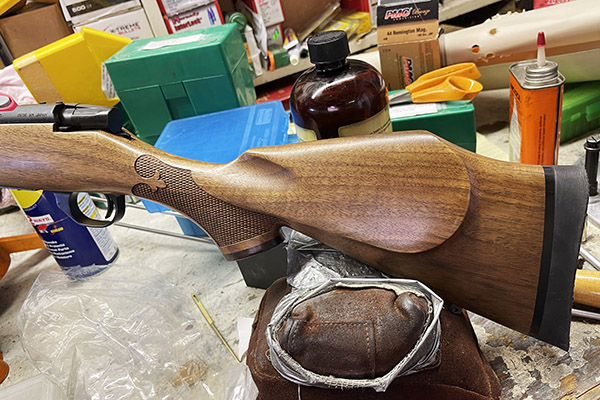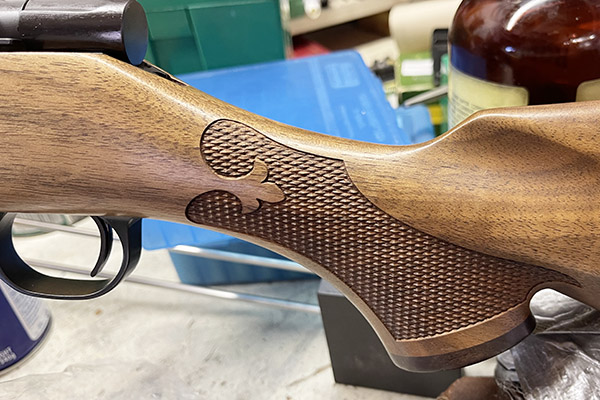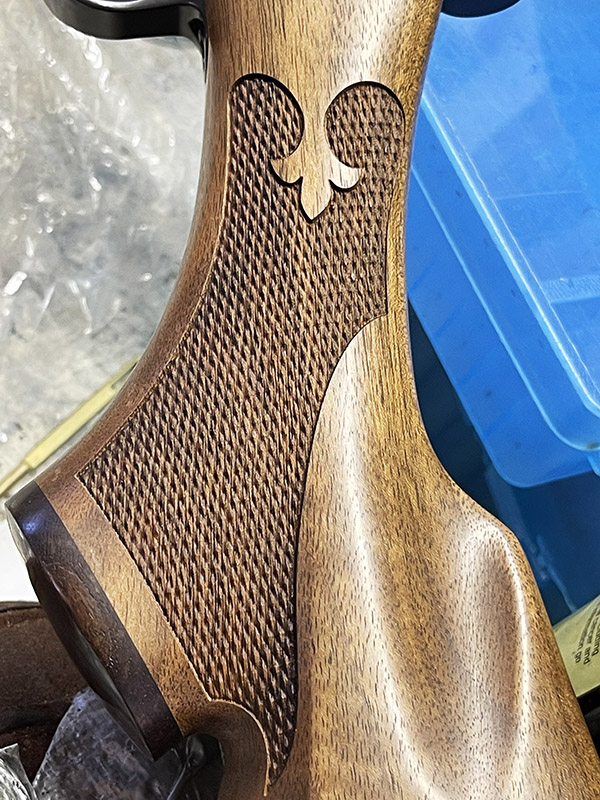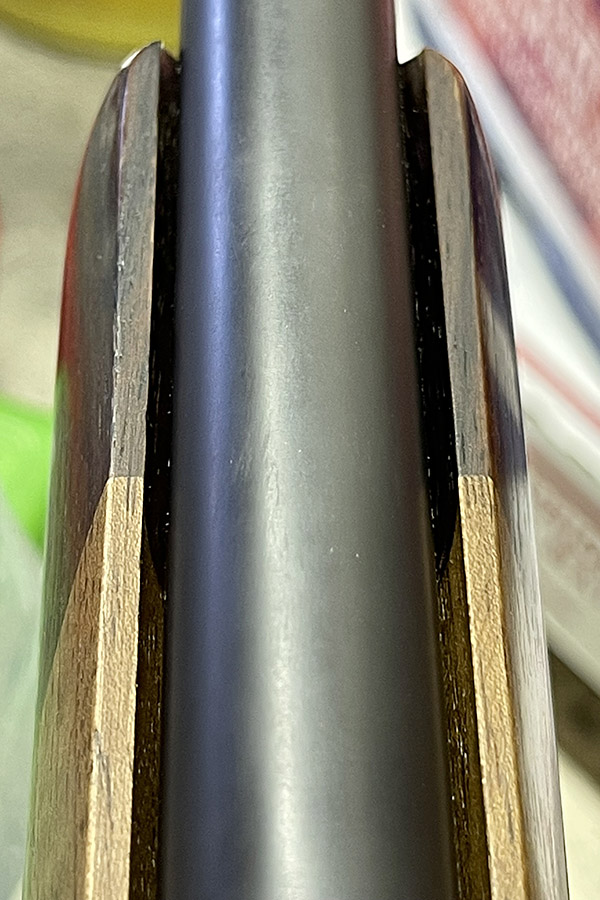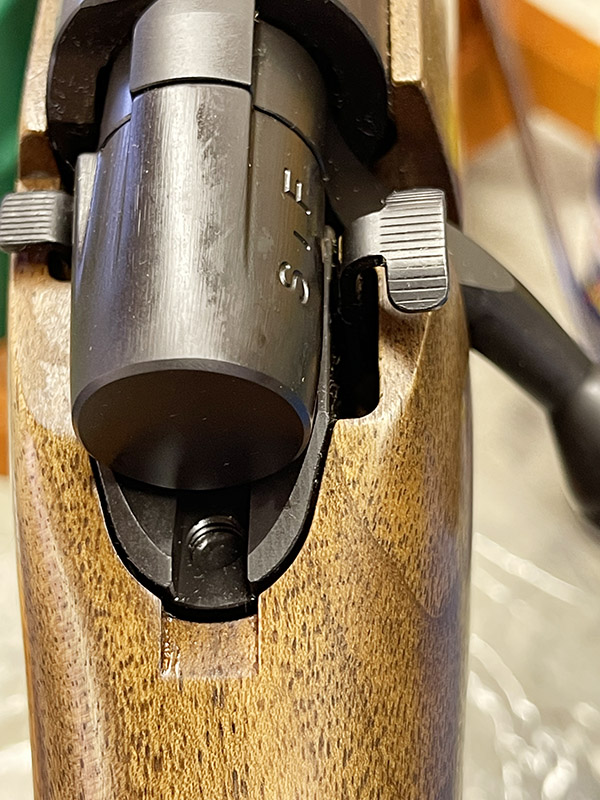The RD350 made a convoluted journey but at last it has arrived at Tinfiny Ranch. Originally I was going to fly out to my buddy Deet’s house in North Carolina and spend time there getting the bike in top shape for the ride back to New Mexico. That was a good plan but I’ve been stretched pretty thin around the ranch and the incomplete projects have been outnumbering the completed ones by a wide margin. Did I really want to take another motorcycle apart? Now? Not to mention that my New Mexico tag lady cannot issue temporary tags since some kind of rule change in August. That meant I would have to ride across most of the southern states with a license plate borrowed from one of the other bikes. Scenes from the movie Deliverance played in the theater of my mind.

Plan B was for me to drive out to North Carolina and retrieve the RD350, pile Deet into the truck and have a grand adventure on the way to New Mexico. This seemed like a solid plan until Deet started thinking about being stuck in a truck with me for three days and then sleeping on the concrete shed floor until I took him to El Paso for a flight home. He’s kinda funny in a George Thorogood way.
Plan C was for Deet to load the bike into his truck and drive it out to Tinfiny Ranch. “I’ve got to have my own wheels.” Deet told me over the phone, “I want to go when I feel like going.” Plan C-1 came about because it had been a while since we Messed With Hunter in real life. Videos are fine but nothing beats hand-to-hand smack talk. Plan C-1 had Deet driving to Hunter’s new house in Oklahoma with the RD350 in his truck and me driving to Hunter’s. There, the two of us would mercilessly tag-team harass the old sodturner.
And that’s how it went. We unloaded the RD at Hunter’s and loaded it into my truck. Deet took back Hunter’s 1968 DT-1 for a full restoration job back at Enduro Central and I dragged the RD back to Tinfiny Ranch.
It’s tempting to put off the concrete floor project and mess with the RD350 but long time readers will remember that I also have the Z1 carbs apart on the work bench. It’s time I finished something. I can’t just keep taking things apart.

The RD is in beautiful condition considering its age. At $4,250 this is the most expensive motorcycle I’ve ever bought. The paintwork has a few small scratches and some fading but I’ll be leaving it as is. From 10 feet away it looks practically new. Everything looks stock, if not original. The gas tank is clean inside and may have been replaced some years ago. The paint matches well but the decals look a bit newer than the decals on the side covers.
There is a bit of confusion on the mileage. The title says 20,000 but the odometer says 4,000. I imagine the speedometer was replaced at some point in the distant past. The seller, a Flipper, was not sure how many miles were on the thing. The RD350 certainly looks low mileage.
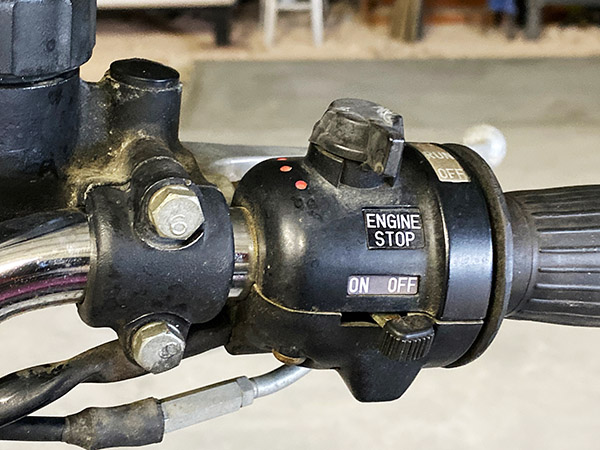
The Flipper put a new battery in the RD350 and the lights and switches seem to work ok. I think there may be a bulb out in the speedometer backlighting. The battery seems to charge, even the blinkers work! This bike still has a headlamp switch unlike modern bikes that have the lights on all the time. I have a key, too!

Being original is less important to me than having all the stock parts. Over 47 years it would not be unusual for repairs to be made on a motorcycle. Normal wear items like foot pegs and the seat cover look in good condition. This bike has not been beat up. The engine starts first kick, revs and idles well with no unusual rattles or knocks. The chrome is in very good condition and will polish up like nobodies’ business. In a first for me, the stock tool kit is still under the seat in its original, thin, black plastic pouch.

A few things I’ll be doing on the RD350 when I get tucked in are a new air filter as they tend to crumble and clog the carbs, new tires and tubes, fix the front hydraulic brake, grease the wheel bearings, adjust the clutch, change all the fluids, replace the outer crank seals, clean the carbs, clean the exhaust baffles, re-grease the steering head bearings, lube all the cables, add inline fuel filters and whatever else I come up with. It sounds like a lot but this is typical for old bikes needing to be made street worthy after sitting. Really, you can hop on the bike and ride it right now.
Most of the vintage bikes I’ve had in my life were in terrible condition when I got them. This Rd350 breaks that mold. I paid more at the onset but I have much more to work with than usual. I’m amazed at how little I have to do to get it running and cosmetically the thing just needs a bath and a polish.
The concrete floor and the Z1 carbs come first but that doesn’t mean I won’t be ordering parts for the RD350. Watch this space for Hasty Conclusion reviews and further updates on the RD’s progress.
Never miss an ExhaustNotes blog!
More Joe Gresh Resurrections? They’re right here!




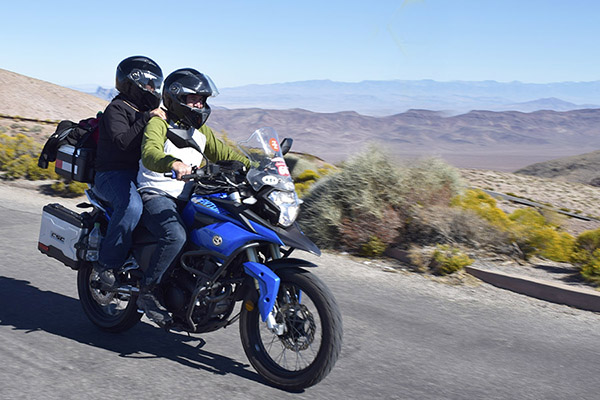

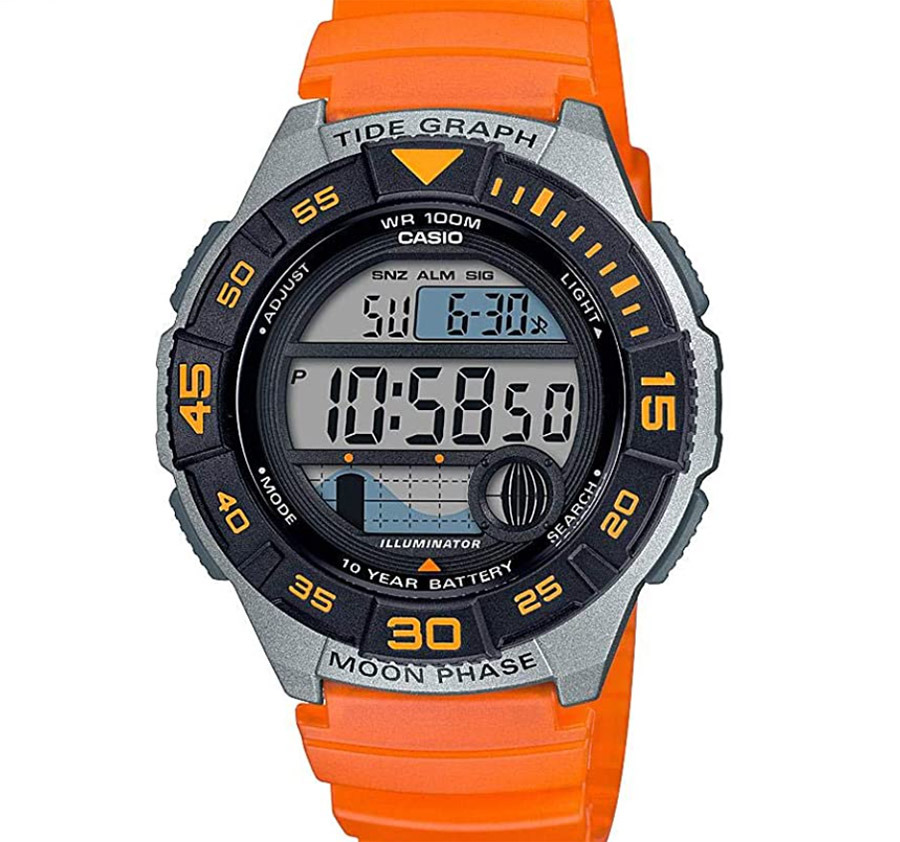
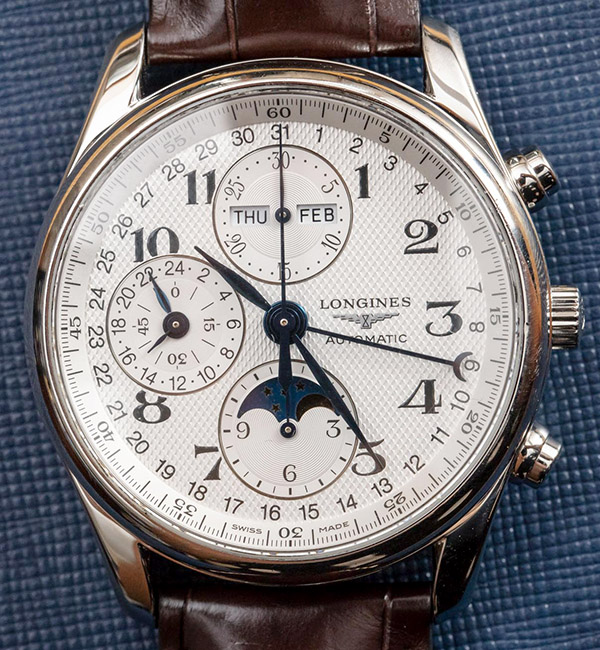

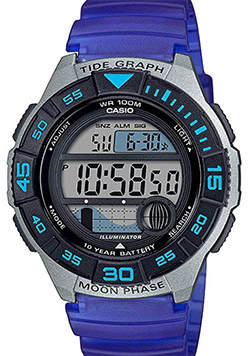 There are just so many things that are cool about this
There are just so many things that are cool about this 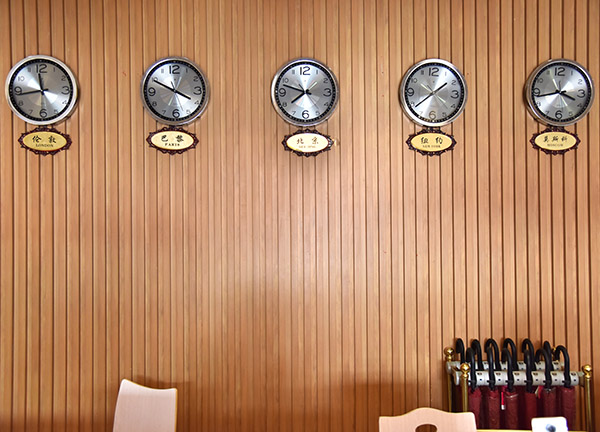
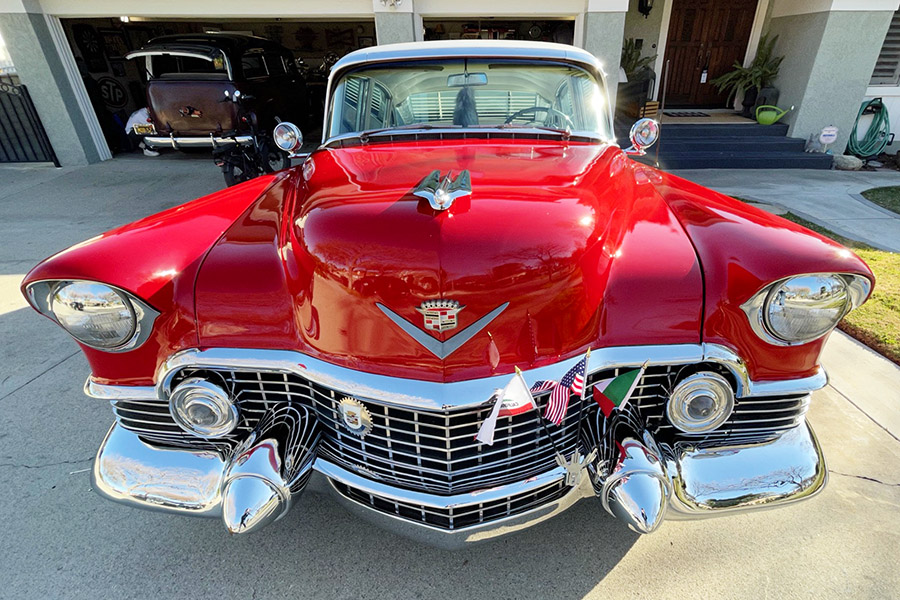
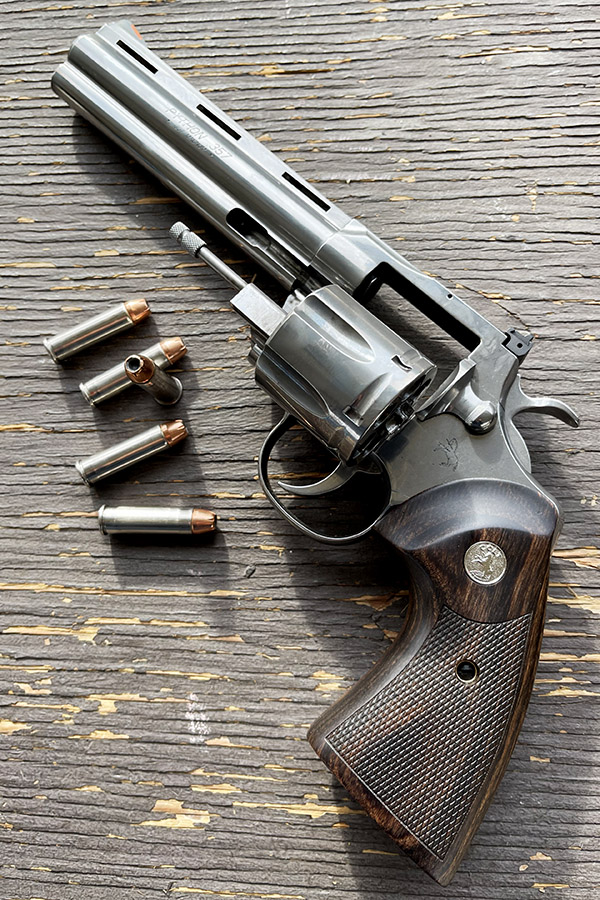
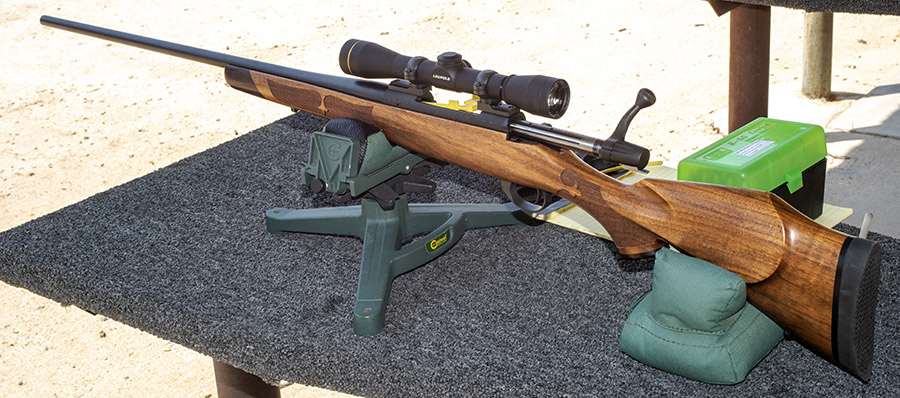
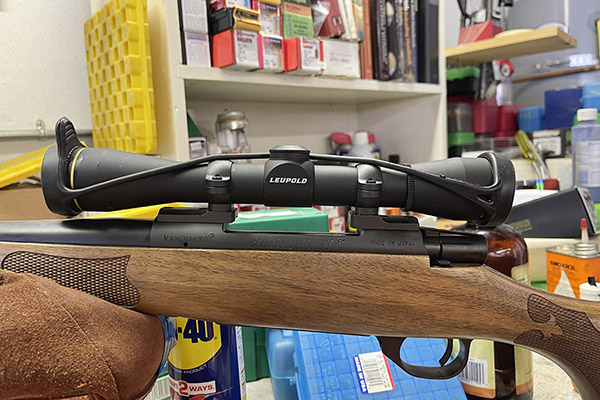
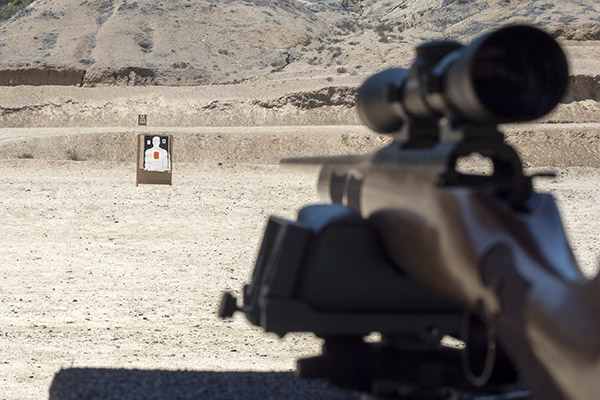
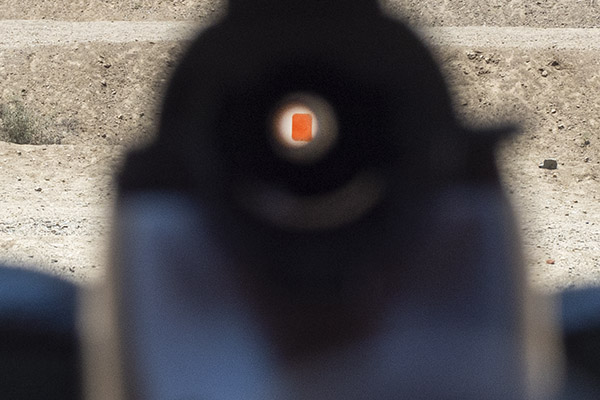
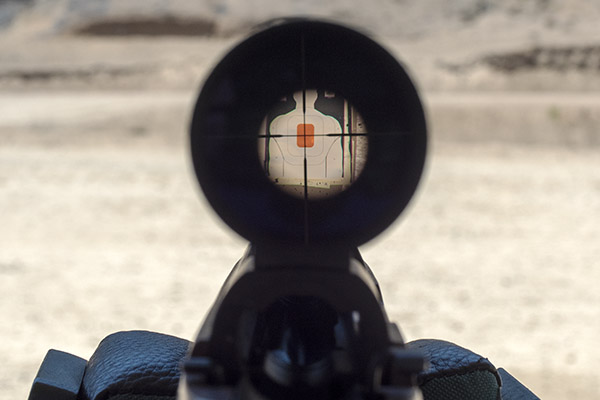
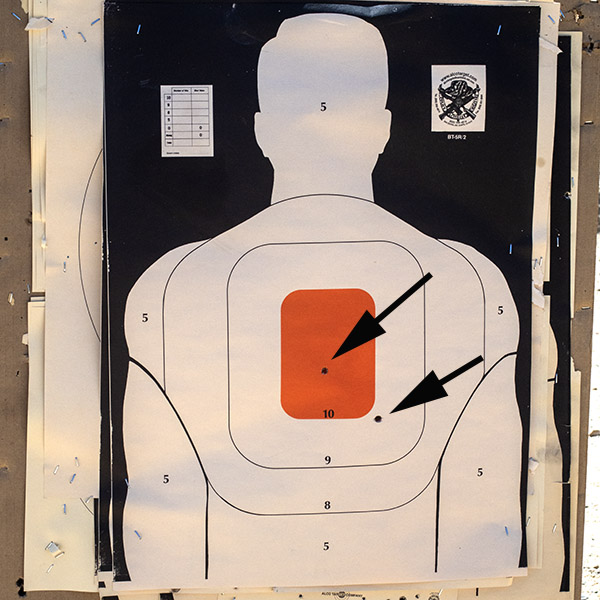

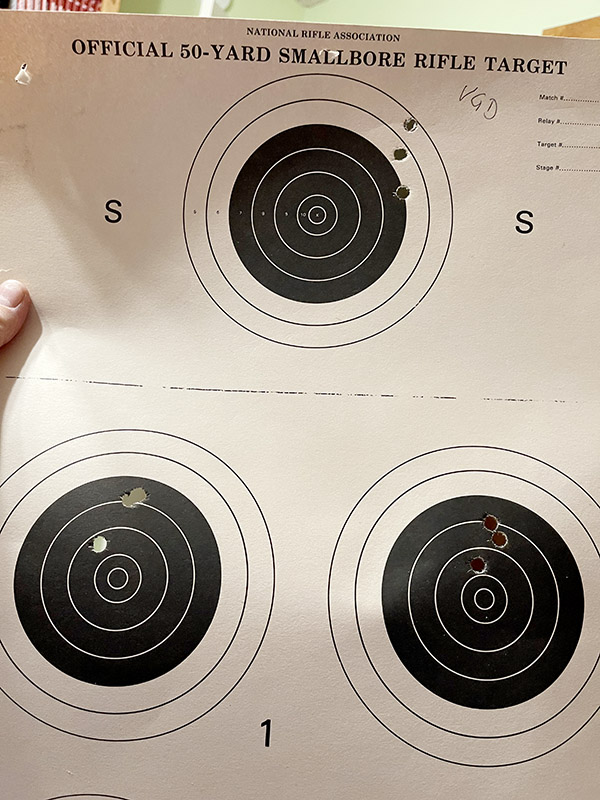
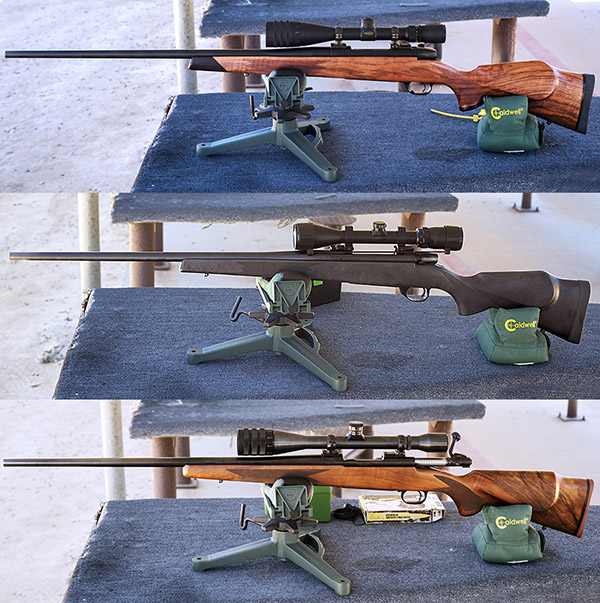


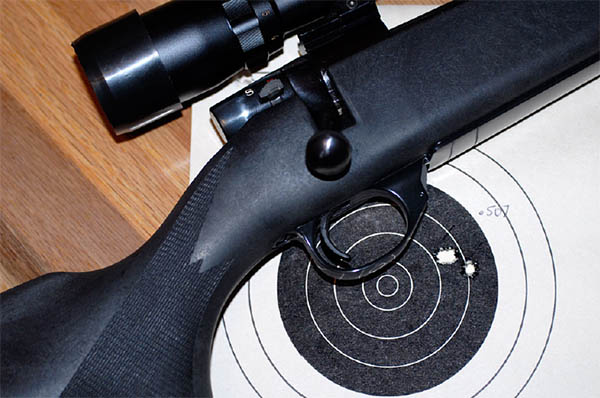


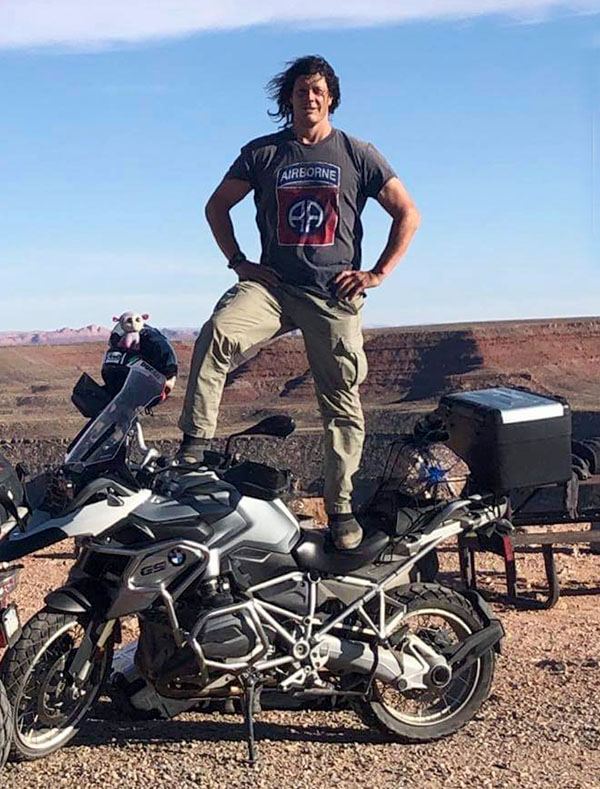
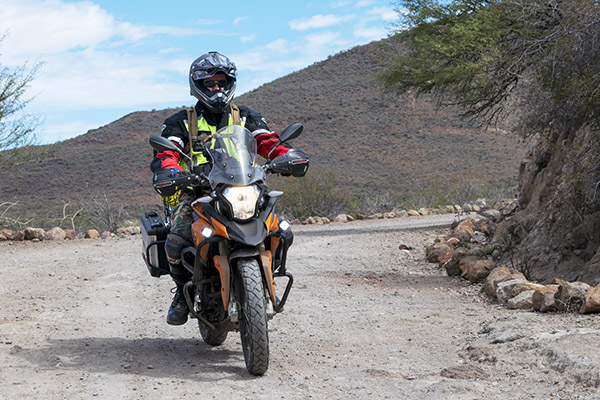






 The store where I saw the watch was fittingly in the high rent district (the Stanford Shopping Center, in the shadow of Silicon Valley and the big bucks that reside in that region). The price was pegged at MSRP, but the dealer came down quickly and without my asking. Not all the way to Internet levels (where these
The store where I saw the watch was fittingly in the high rent district (the Stanford Shopping Center, in the shadow of Silicon Valley and the big bucks that reside in that region). The price was pegged at MSRP, but the dealer came down quickly and without my asking. Not all the way to Internet levels (where these 